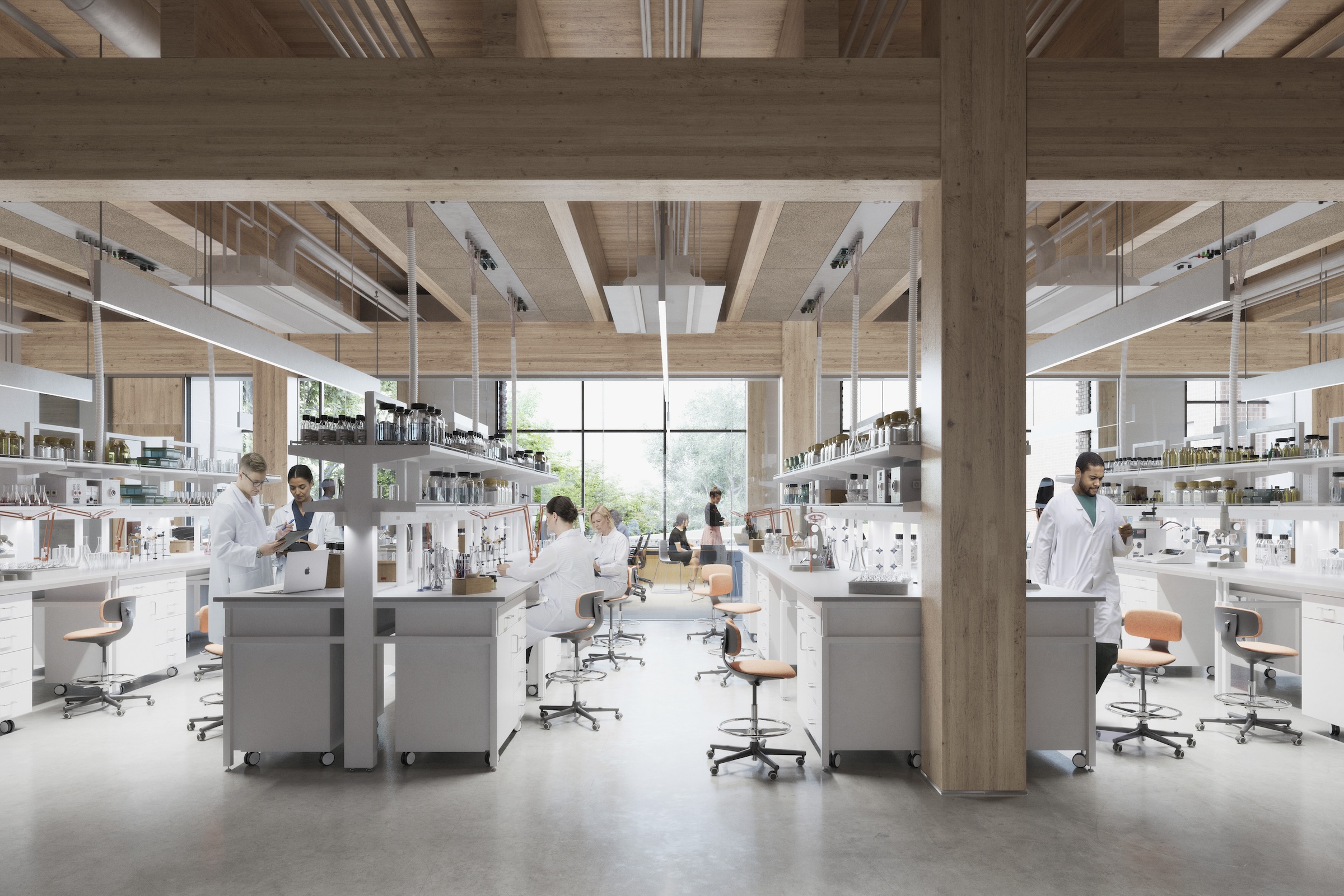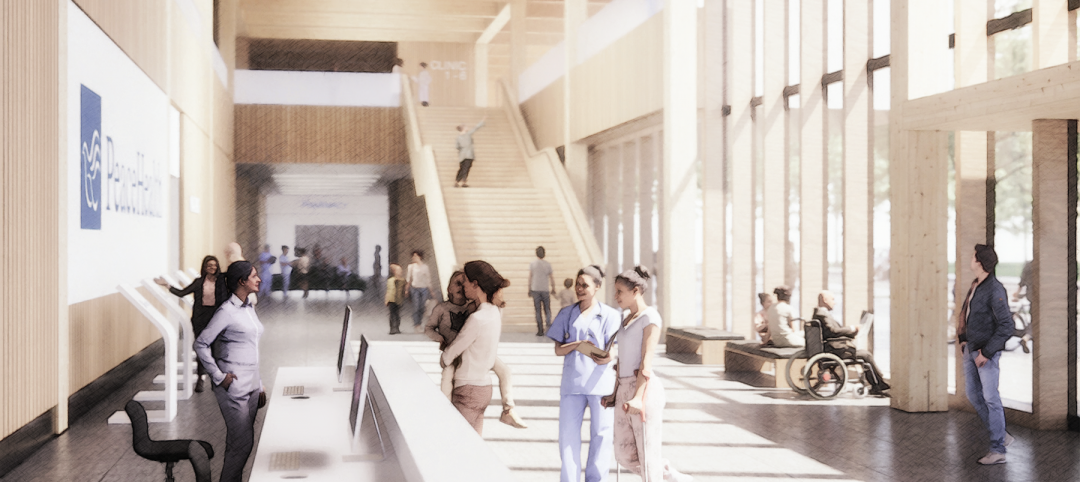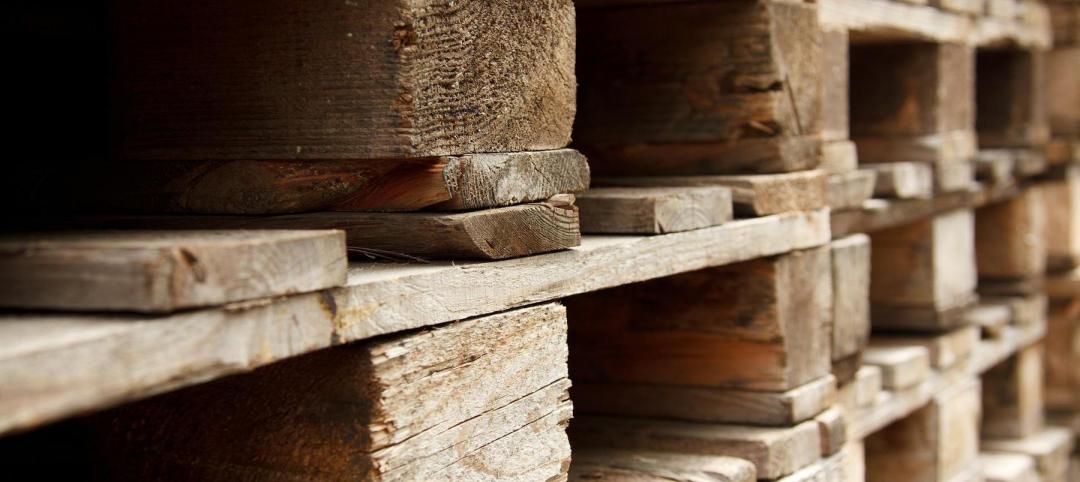In Corvallis, Ore., the Jen-Hsun Huang and Lori Mills Huang Collaborative Innovation Complex at Oregon State University aims to achieve a distinction among the world’s experimental research labs: It will be the first all mass timber lab meeting rigorous vibration criteria (2000 micro-inches per second, or MIPS).
Designed by ZGF Architects, the $213 million Huang Collaborative Innovation Complex, which broke ground in April, will be both a teaching center and a home for team-based transdisciplinary research on global challenges involving climate science, clean energy, and water resources. The center also will support research and learning in artificial intelligence, robotics, and materials science.
The three-level, 143,000-sf building features flexible experimental and computational laboratories, a 12,000-sf clean room, undergraduate student space, and cross-functional collaborative spaces.
The center also will harness one of the nation’s most powerful supercomputers, showcased on the public ground floor. The supercomputer’s rejected heat will help heat the building, which has the potential to become net zero operational carbon on an annual basis by 2030.
For the first-of-its-kind mass timber structure, ZGF collaborated with OSU’s College of Forestry to leverage its expertise in wood and regional forestry practices. To meet the vibration criteria of 2000 MIPS in mass timber, the project team created a structural bay in the lab interiors comprising mass timber columns, beams, and a composite deck.
This carbon-negative innovation not only provides the structural stability needed for the use of sensitive scientific equipment, it also reduces embodied carbon emissions by 108% compared to the traditional all-concrete approach. In addition, the exposed wood creates a beautiful interior environment and an inviting academic and research environment.
“We discovered over the course of planning that with careful coordination between the structure and building systems, mass timber works really well for research buildings,” Vladimir Pajkic, lead designer and partner at ZGF, said in a statement.
On the outside, electrochromic glass, in conjunction with intelligent building controls, changes tint based on the sun’s position and the level of cloudiness. Along with façade glazing and shading strategies, these smart windows increase daylight, reduce peak cooling load, and create a visually comfortable space.
On the Building Team:
Owner: Oregon State University
Design architect and architect of record: ZGF Architects
MEP engineer: AEI
Structural engineer: KPFF
General contractor: Andersen Construction
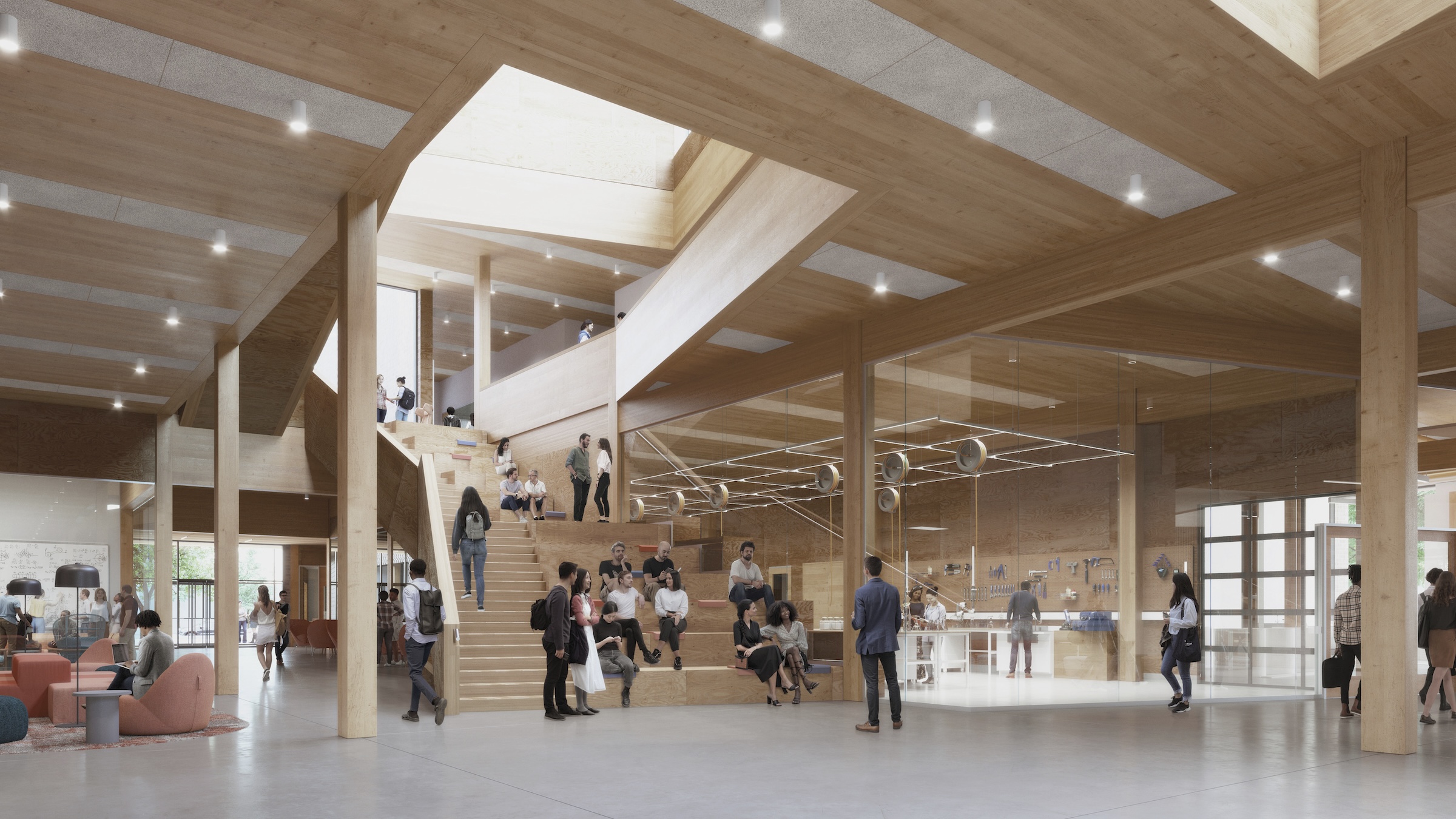
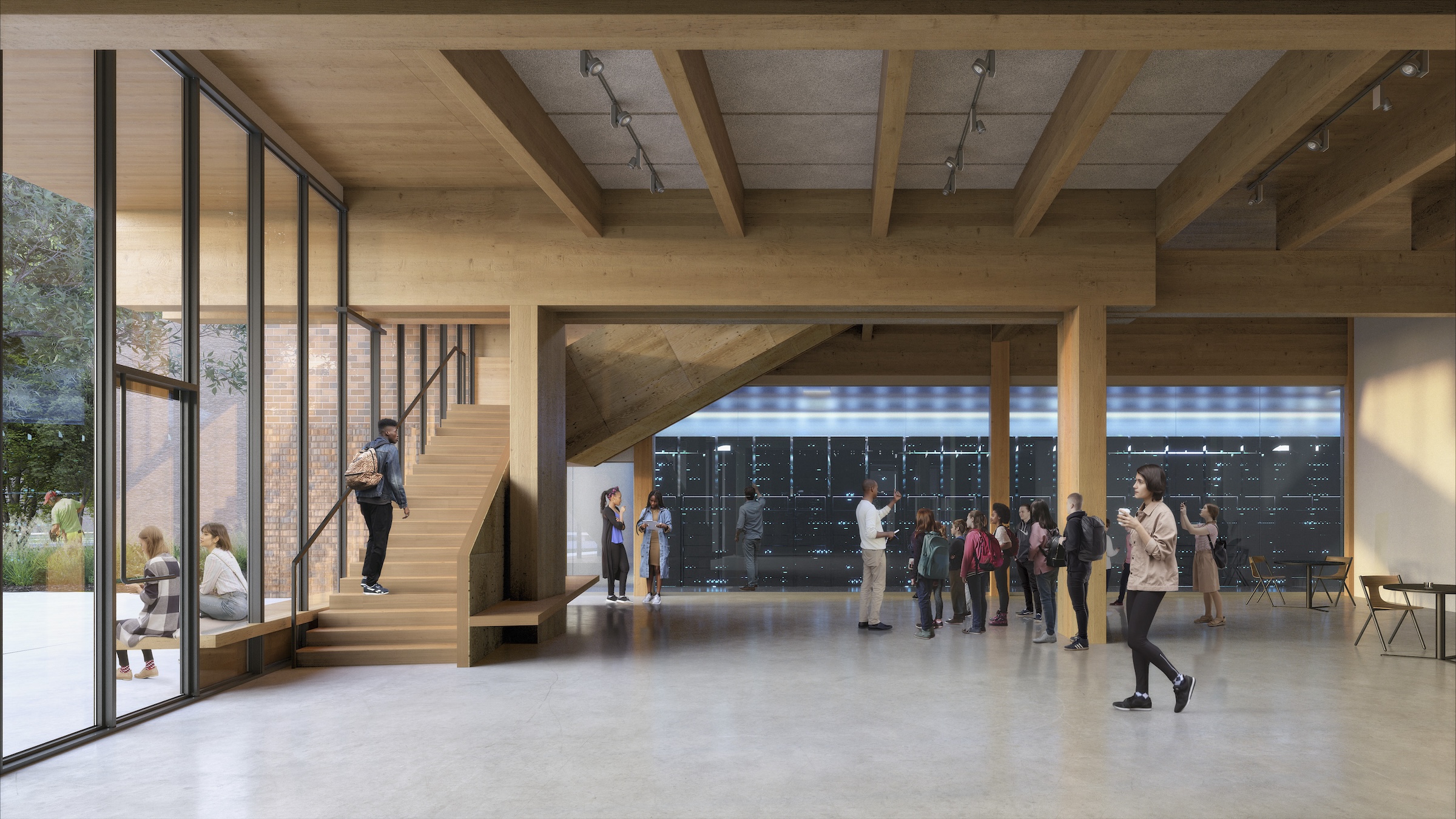
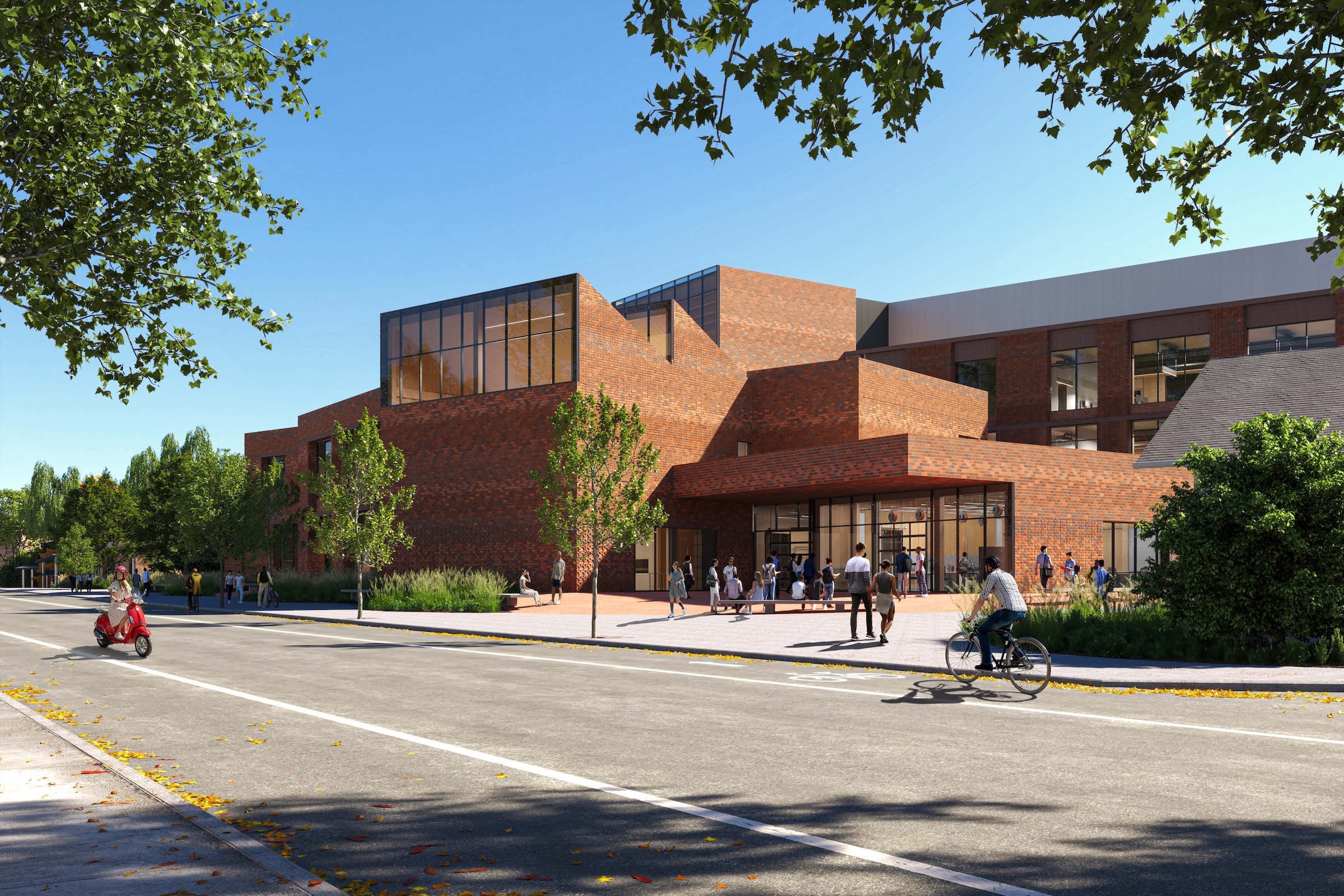
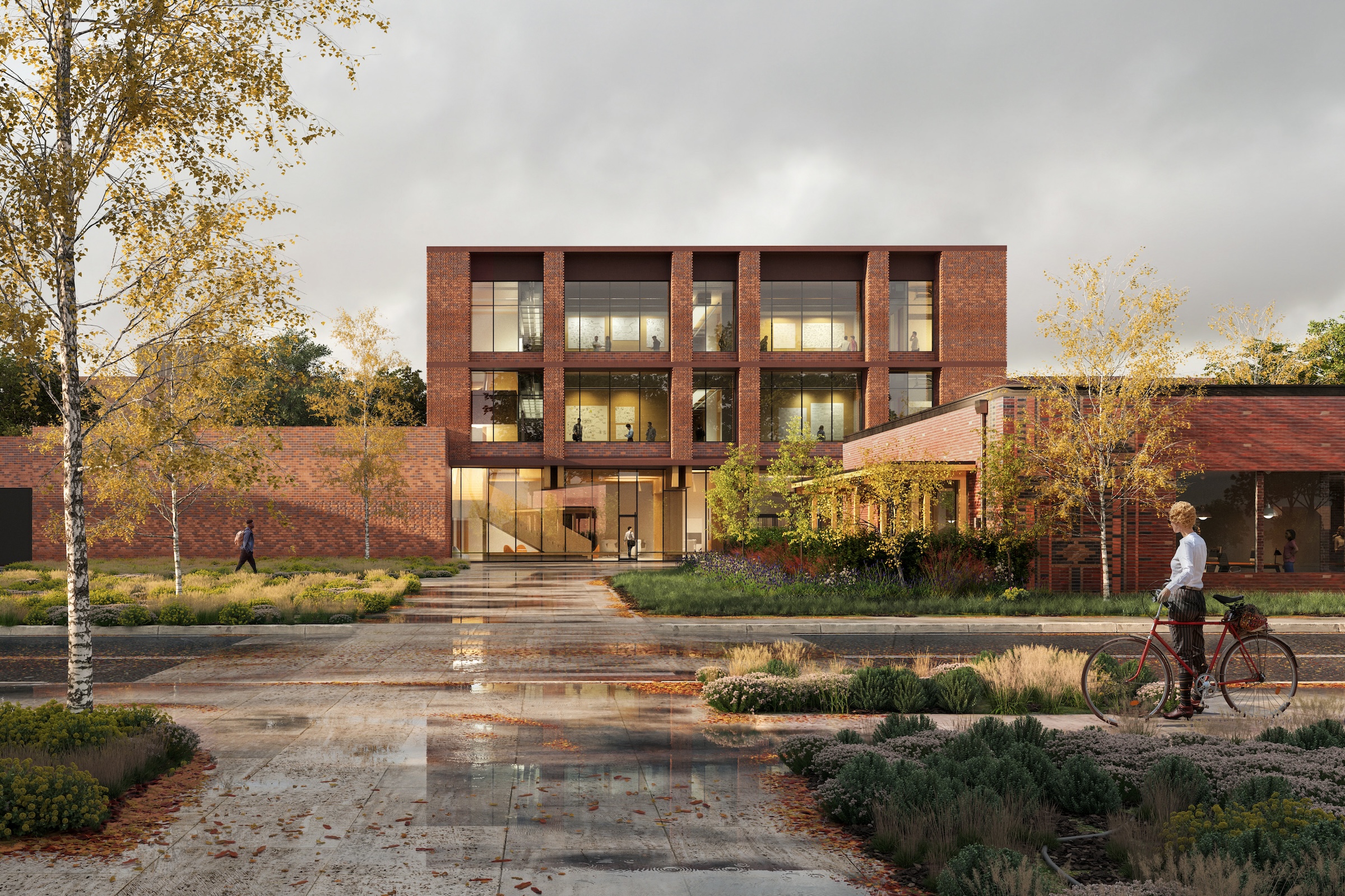
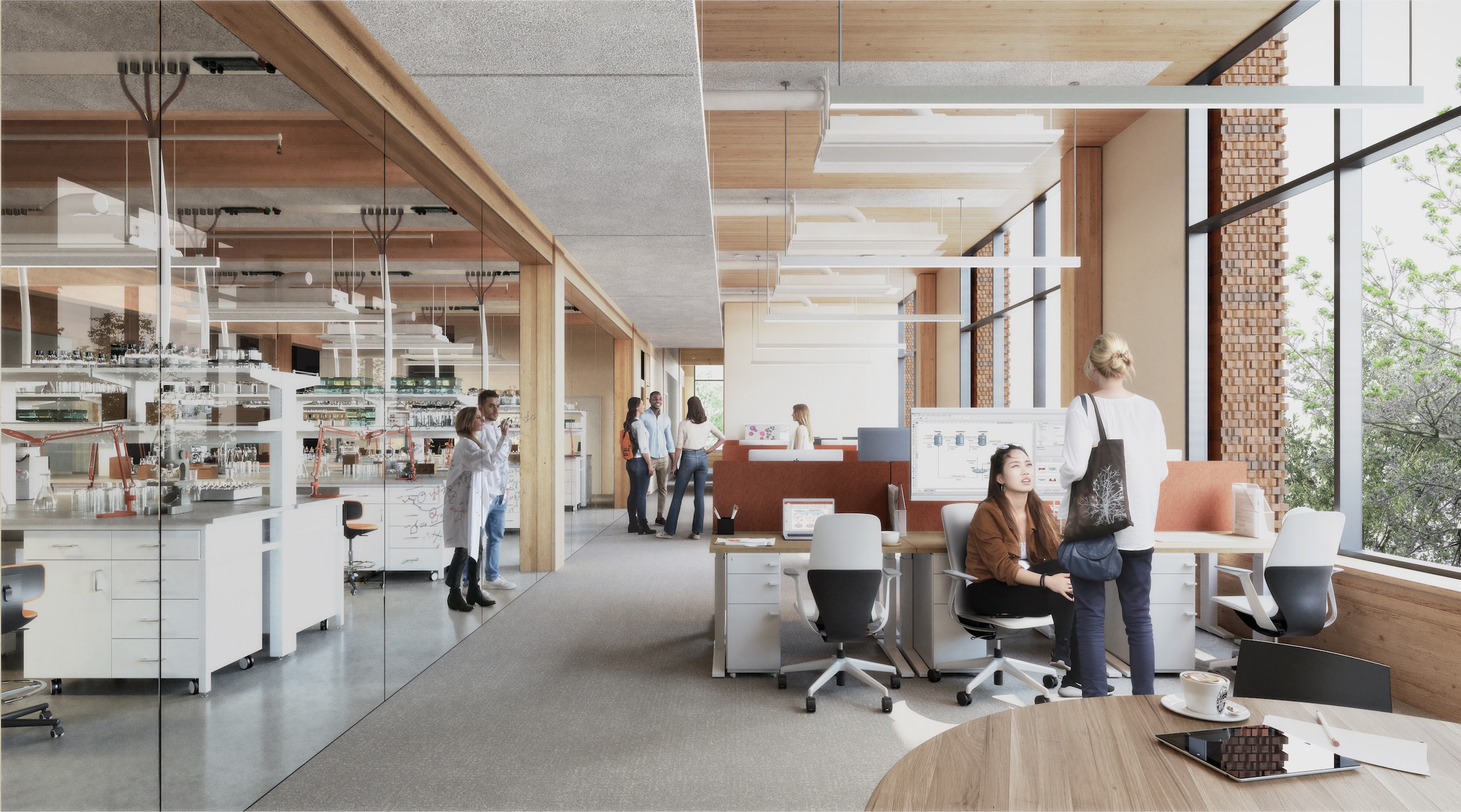
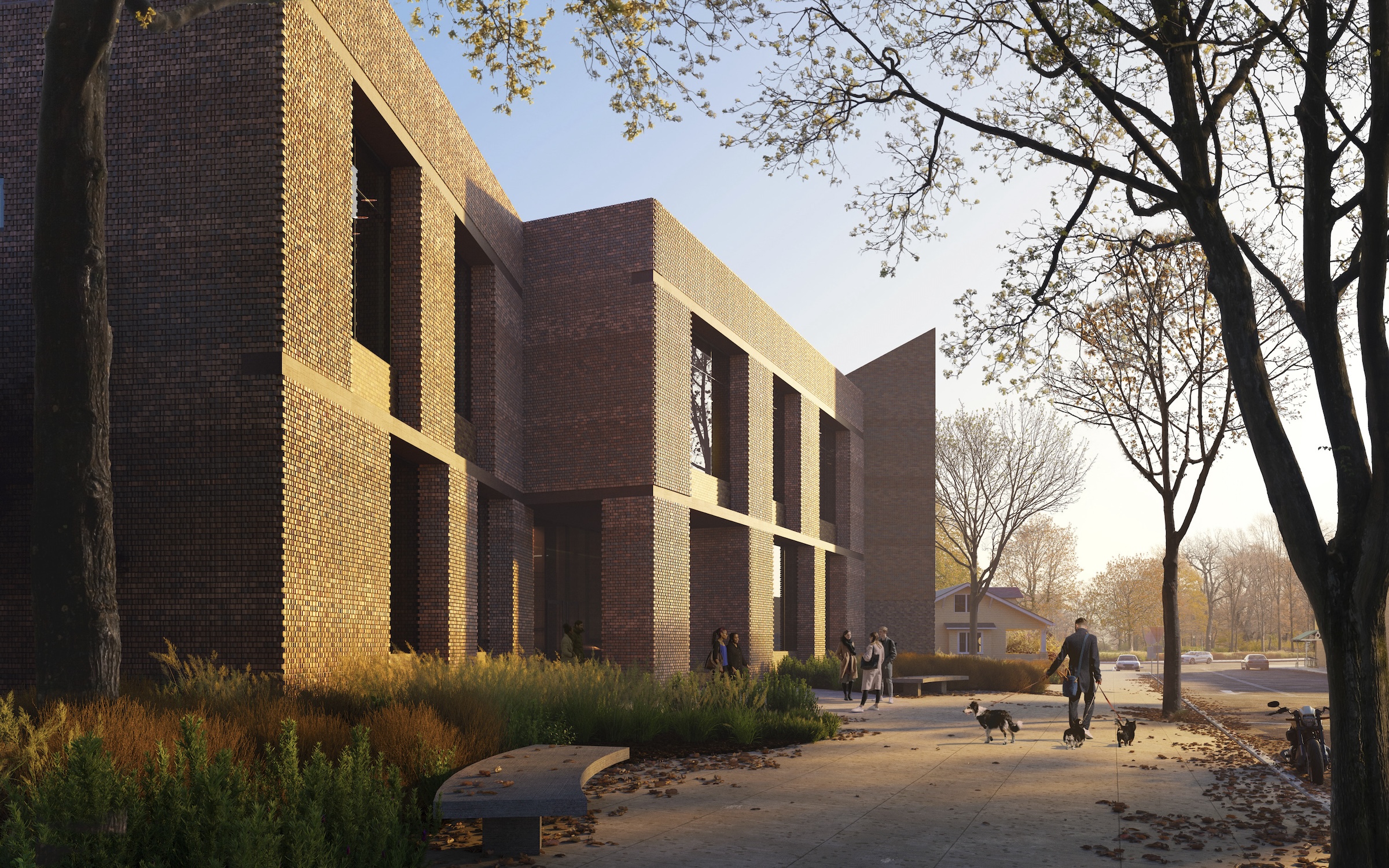
Related Stories
Mass Timber | Jan 30, 2023
Net-positive, mass timber building will promote research on planetary well-being in Barcelona
ZGF Architects, along with Barcelona-based firms MIRAG and Double Twist, have designed a net-positive, mass timber center for research on planetary well-being. Located in Barcelona, the Mercat del Peix Research Center will bring together global experts in the experimental sciences, social sciences, and humanities to address challenges related to the future of the planet.
Mass Timber | Jan 27, 2023
How to set up your next mass timber construction project for success
XL Construction co-founder Dave Beck shares important preconstruction steps for designing and building mass timber buildings.
Mass Timber | Dec 1, 2022
Cross laminated timber market forecast to more than triple by end of decade
Cross laminated timber (CLT) is gaining acceptance as an eco-friendly building material, a trend that will propel its growth through the end of the 2020s. The CLT market is projected to more than triple from $1.11 billion in 2021 to $3.72 billion by 2030, according to a report from Polaris Market Research.
| Sep 13, 2022
California building codes now allow high-rise mass-timber buildings
California recently enacted new building codes that allow for high-rise mass-timber buildings to be constructed in the state.
Mass Timber | Aug 30, 2022
Mass timber construction in 2022: From fringe to mainstream
Two Timberlab executives discuss the market for mass timber construction and their company's marketing and manufacturing strategies. Sam Dicke, Business Development Manager, and Erica Spiritos, Director of Preconstruction, Timberlab, speak with BD+C's John Caulfield.
| Aug 8, 2022
Mass timber and net zero design for higher education and lab buildings
When sourced from sustainably managed forests, the use of wood as a replacement for concrete and steel on larger scale construction projects has myriad economic and environmental benefits that have been thoroughly outlined in everything from academic journals to the pages of Newsweek.
Mass Timber | Jun 29, 2022
Mass timber competition: building to net-zero winning proposals
The 2022 Mass Timber Competition: Building to Net-Zero is a design competition to expand the use of mass timber in the United States by demonstrating its versatility across building types and its ability to reduce the carbon footprint of the built environment.
Mass Timber | Jun 2, 2022
Brooklyn is home to New York City’s first mass timber condo building
In the Brooklyn neighborhood of Park Slope, the newly completed Timber House is New York City’s first mass timber condominium building and its largest mass timber project (by height and square footage).
Mass Timber | May 31, 2022
Tall mass timber buildings number 139 worldwide
An audit of tall mass timber buildings turned up 139 such structures around the world either complete, under construction, or proposed.
Mass Timber | Mar 8, 2022
Heavy timber office and boutique residential building breaks ground in Austin
T3 Eastside, a heavy timber office and boutique residential building, recently broke ground in Austin, Texas.


